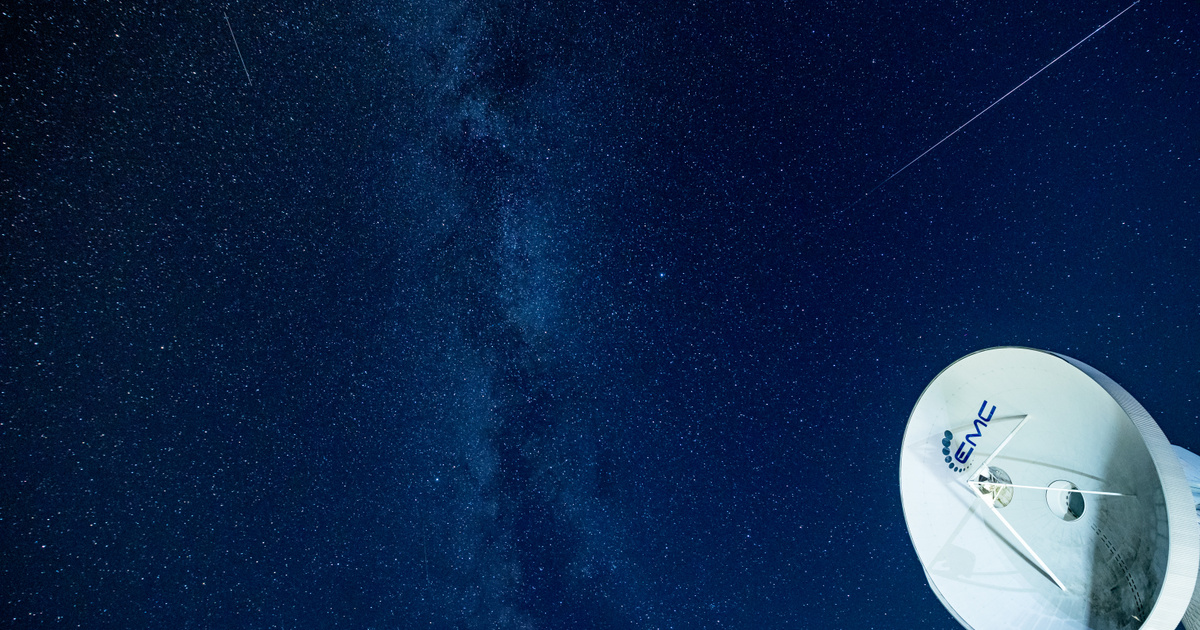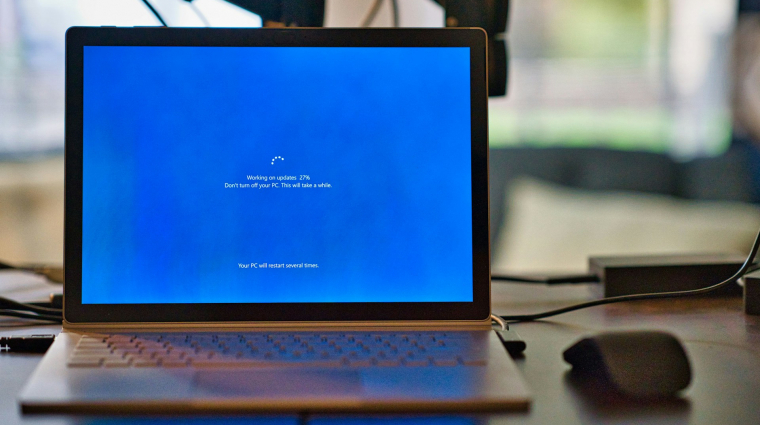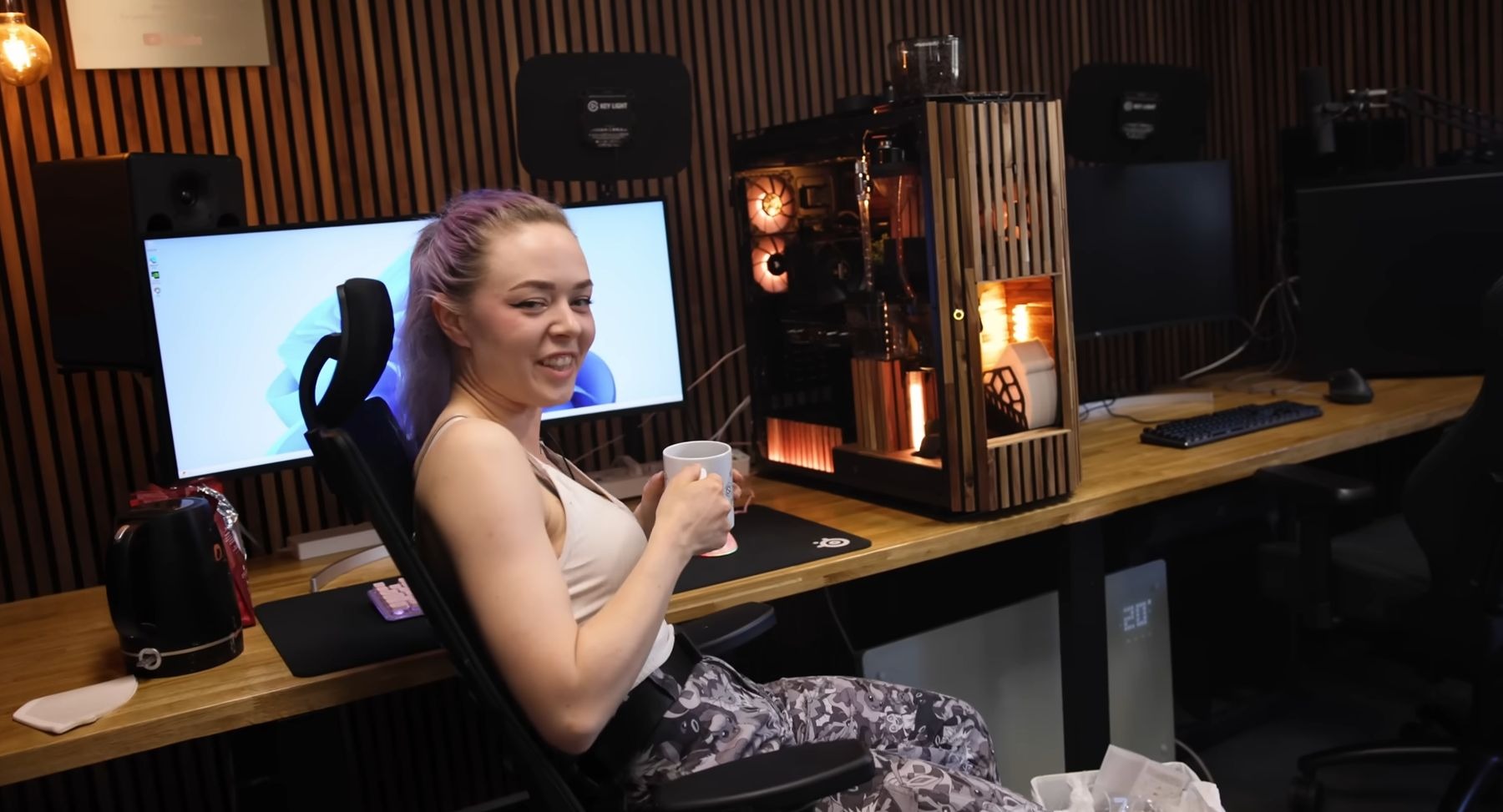An exciting event was the detection of the first gravitational wave in 2015, a powerful wave produced by the merger of black holes. However, there is another type of gravitational wave that can be considered a type of background noise. This, similar to microwave background radiation, reveals the ancient state of the universe, that is, it is associated with the massive clumps that formed in the early universe. The background noise caused by gravity is technically called a random gravitational wave. We predicted it existed long before we could prove it, but a research group has been working on exactly this for a long time.
On June 28, 2023, it was announced that the long-wave gravitational background noise that fills the universe has been detected, according to a report. NASA. We somehow imagine these waves as a conversation between visitors to an event, which we perceive as unanimous speech, and not as countless human conversations that can be heard individually.
Gravity background noise a nanograph Detected by a project called Gravitational Waves, these waves allow scientists to better understand what happens to gravitational waves as they travel through the universe. It may also become clear how exactly these waves are generated, and with their help we can also study black hole mergers that occur over millions of years. Merging black holes also affect the evolution of galaxies.
NANOGrav (Nanohertz Gravitational-Wave Observatory of North America) is Astrophysical Journal Letters Reported in several studies published in the journal about discovery. NANOGrav achieved this result through the work of about 190 American and Canadian researchers over more than 15 years. After collecting high-resolution data from ground-based radio telescopes, it became possible to detect gravitational background noise.
on behalf of the project, Nano Hurd He points out that this ripple they were looking for is smaller than the gravitational wave detected by LIGO in 2015, with a frequency in the nanohertz range and a cycle of a few years. These nanowaves are generated by supermassive black holes at the cores of galaxies, while those detected by LIGO are generated seconds before two smaller black holes merge.
How were the measurements made?
The gravitational background noise of distant double supermassive black holes distorts the fabric of space-time, including the signals of extremely subtle pulsars that radiate in the radio band.
Source: Nanograv / Olena Shmahalo
NANOGrav used a “network” of pulsars. Pulsars are the remnants of the explosion of giant stars, which, like cosmic beacons, give very accurate repeating signals. Some pulsars are as accurate as an atomic clock.
As background gravitational waves wrinkle the fabric of space-time, they distort the signals of these high-resolution pulsars, meaning they lose their resolution, so that the pulsar’s light arrives a little earlier or later than normal time. Using computer software, the researchers compared these changes for individual pairs of pulsars included in the grid. During the calculations, the influence of a large number of disturbing factors, all of which affect the detectable signals, had to be filtered out. These include, for example, the movement of pulsars, the exact location of the center of the solar system, the inaccuracy of observatories and their clocks, or the influence of free electrons that abound in our galaxy.
With this pulsating network, specialists have practically “created” a galaxy-sized gravitational wave-detecting network. The distortions in the lattice are consistent with what experts predicted from gravitational waves based on the theory of relativity.
























![Fera: The Sundered Tribes will also be released on consoles [VIDEO]](https://thegeek.hu/wp-content/uploads/sites/2/2024/05/thegeek-Fera-The-Sundered-Tribes-1.jpg)

















